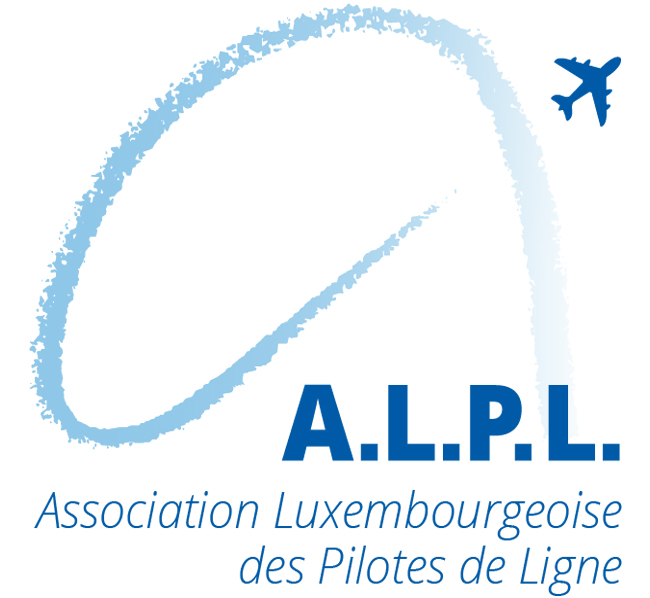Over the past two years our operation has been characterized by a sharp increase in augmented crew multisector duties coupled with shorter rest periods at our destinations.
The increase in block hours flown combined with more tightly planned rotations potentially means that we are operating many duties within the WOCL (window of circadian low), resulting in disrupted sleeping patterns with the risk of increased levels of fatigue.
The mental stress factors of in-room confinement, constant roster changes, the potential lack of recovery times at destinations and having to address private life issues due to unfavorable rosters, can also contribute to a reduced quality of sleep.
Cargolux uses a Biomathematical Model (BMM) to predict levels of fatigue which has its limitations. All BMM vendors clearly state that their model only predicts fatigue levels and sleep opportunities for an ‘average’ pilot. Additionally, there is very little data on how the body clock adjusts when we cross the international dateline. More importantly BMM do not take into account disturbances (e.g. noise, turbulences, rooms that cannot be darkened), quality of sleep at a hotel or on an aircraft.
We as pilots are the most important data source of what happens during actual operations. The Fatigue Report is the only effective and confidential means for us pilots to communicate a realistic picture of the operation. The collection of this data is vital in any discussion with management to highlight fatigue “hotspots”, even if scheduling is within legal limits. While your report maybe subjective (i.e. personal), when many pilots are communicating via the confidential reporting system, the same subjective information becomes a collection of many data points and thus objective data.
We would also like to address two concerns that we sometimes hear in connection with Fatigue Reports: “After I sent the fatigue report I did not hear anything and/or nothing changed” and “I am afraid that I will admit to having flown fatigued with a Fatigue Report”.
In regard to the first concern please bear in mind that the safety system in any organization takes a certain amount of time to collect a reasonable number of reports (objective data) to be able to make recommendations to changes for FDP’s and rotations. If insufficient data is received, it is difficult to act on a handful of reports.
Regarding the second concern it is important to understand that suffering fatigue is not a failure of any individual. We are all human and we have difficulties to self-assess when fatigue may occur during a future FDP. If you have done your best to obtain adequate sleep before a duty, or series of duties, and you none-the-less experience fatigue during a flight, it is important that this data is accurately communicated without emotions.
Please click on this link for more information on how to report fatigue or potential fatigue.
We will also post more guidelines and mitigating measures in the future to support this very important safety mechanism.
We want to conclude with a reminder that fatigue reporting not only is defined in EU regulations as a mandatory reportable occurrence, but more importantly is the crucial element in data collection required to bring about changes in our operations where simply complying with FTL’s is insufficient.




